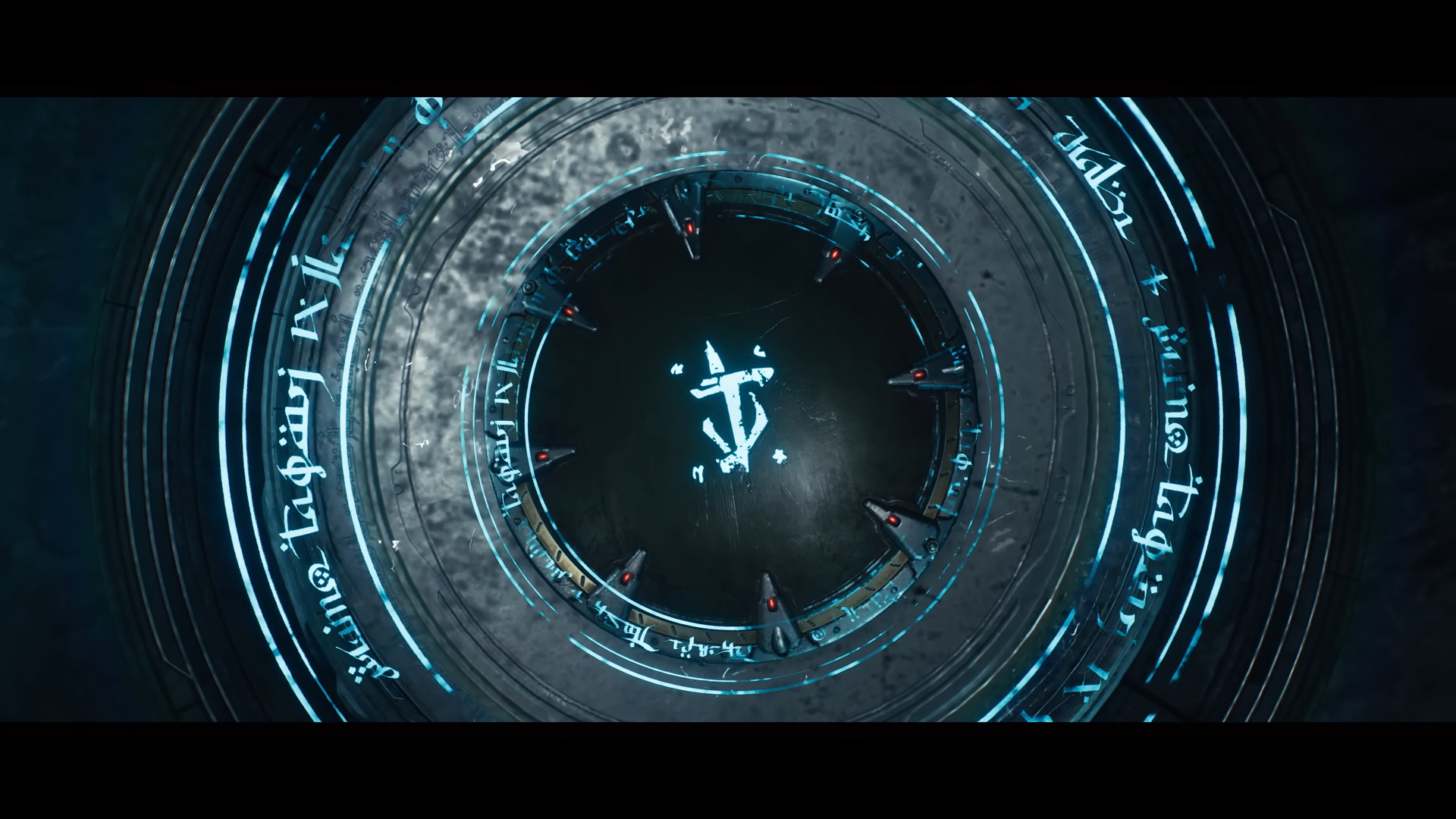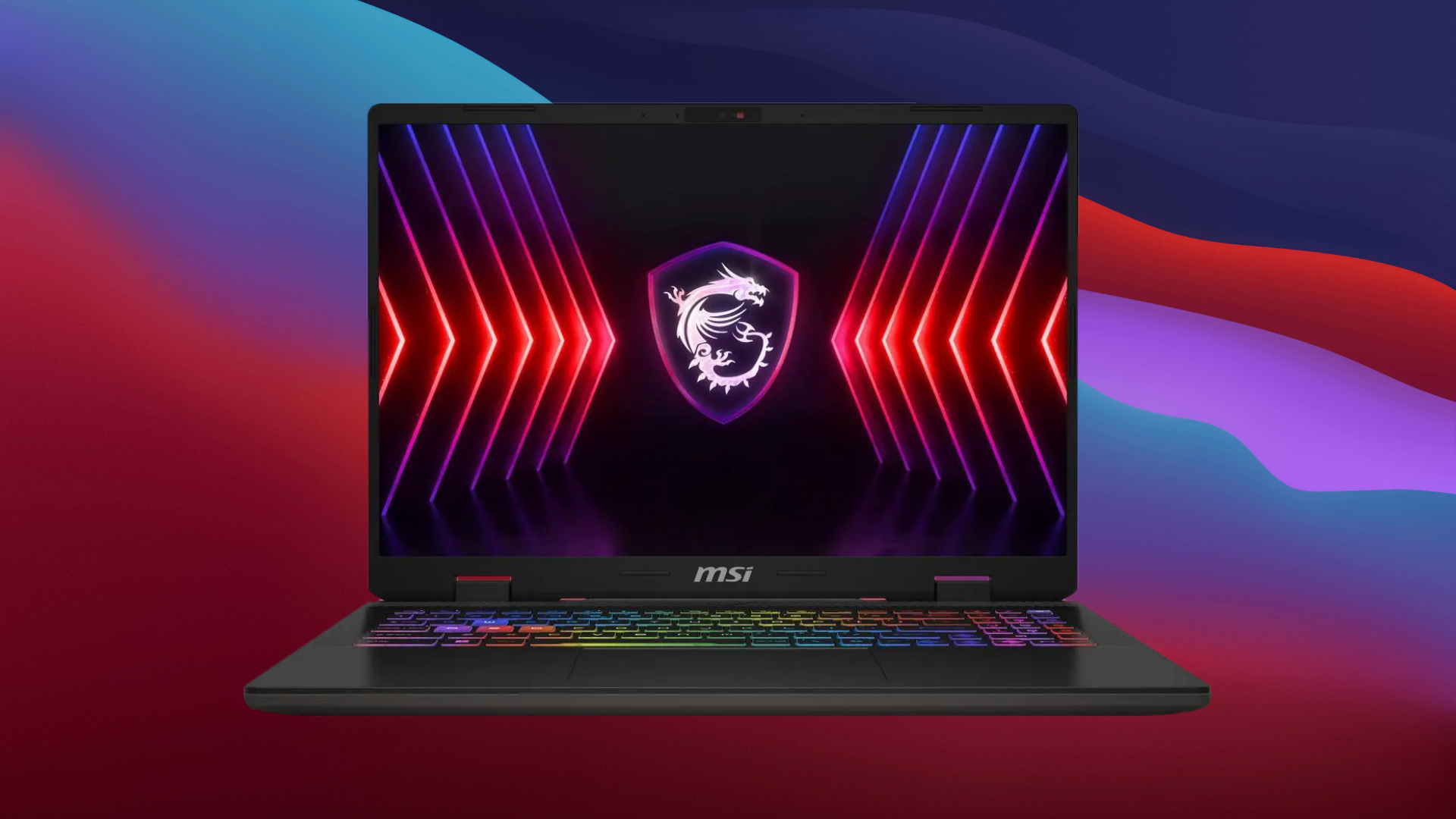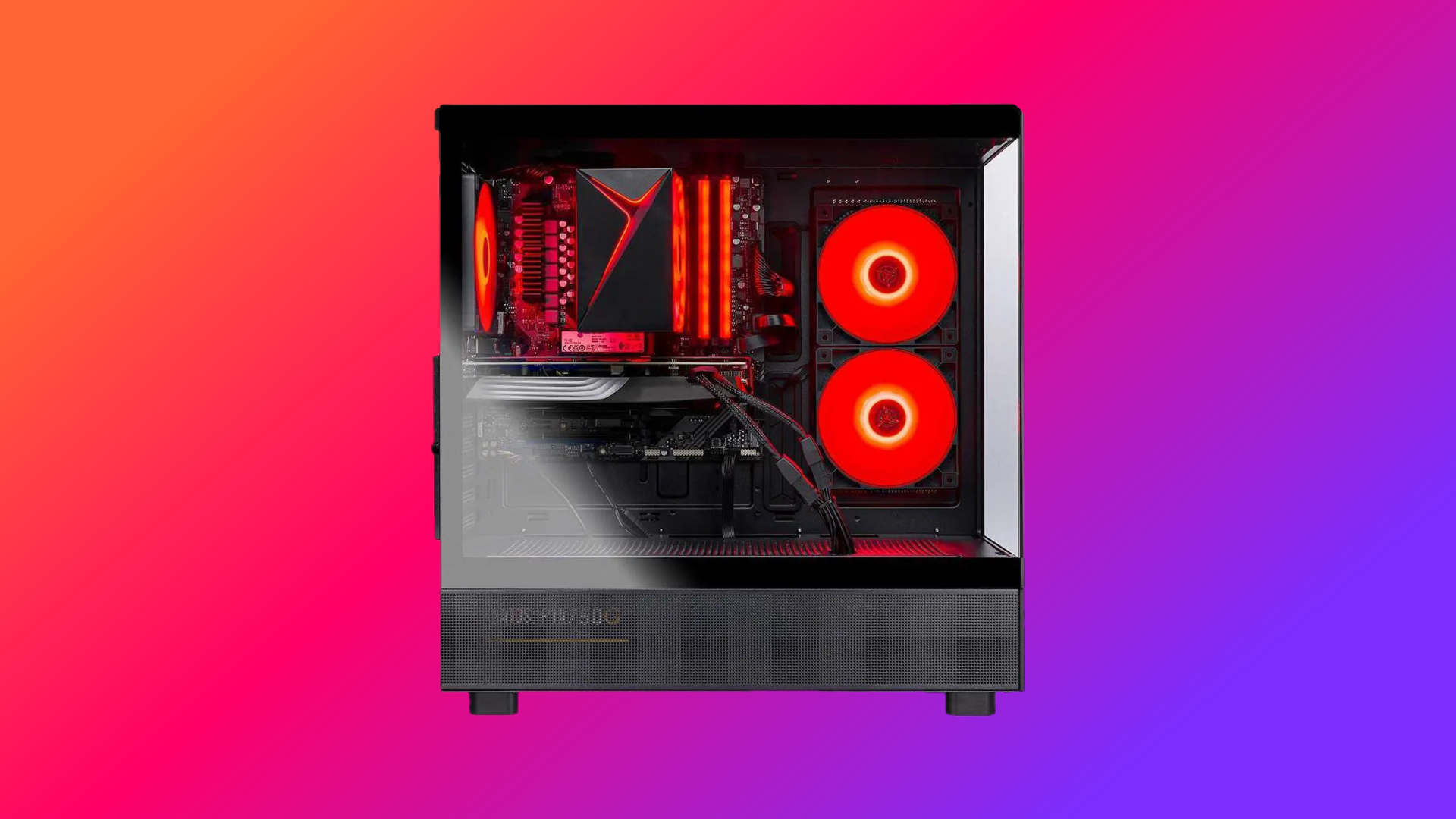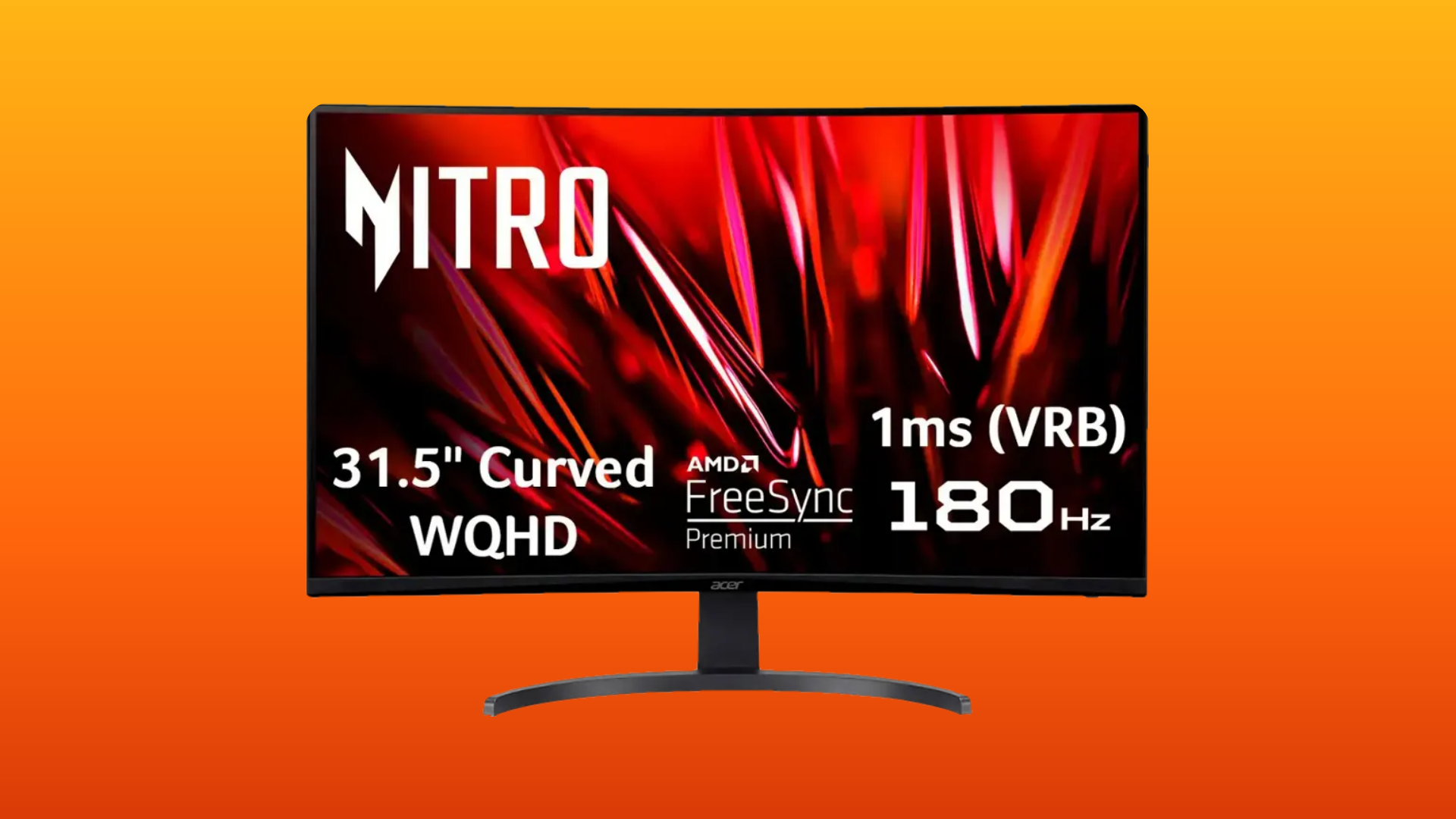Here are the best settings for Doom: The Dark Ages for RTX 4070 Ti Super, RTX 5070 Ti, RTX 5070, RX 9070, and more.

Doom: The Dark Ages is built with ray tracing from the ground up, making it extremely intensive to run at higher framerates at native resolution. Thankfully, ID Software’s long track record of optimizing titles carries over here, too. Gamers can enjoy smooth framerates with their mid-tier gaming PCs by following the settings below.
Note: Despite being mid-range, the GPUs mentioned in this article are capable. For best results, they should be paired with a modern CPU, such as a Ryzen 5 7600X/i5-13600K or better. The performance mentioned here is an approximate real-world estimate for reference; this may change with updates. Your performance may vary depending on cooling, RAM, background system load, and game version. Upscaler and its quality are mentioned together to improve readability.
Best Settings for RTX 4070 Ti Super, RTX 4070 Ti, RTX 5070 Ti, RTX 5070, RTX 4070 Super, RX 9070, and RX 7900 XT (1440p & 4K Optimized)

A Few Keynotes to Consider:
- Enable DLSS (NVIDIA) or FSR (AMD) for smooth, tear-free gameplay at high resolutions.
- Users with 12GB VRAM GPUs must check their VRAM usage via RTSS.
- Enable FSR 4 on the RTX 9070 via the AMD app for the best image quality.
- 7900 XT Users have the option to push the texture pool size beyond 3072.
Best Settings Explored
| Setting | 1440p (QHD) | 4K (UHD) |
| Window Mode | Fullscreen | Fullscreen |
| Aspect Ratio | 16:9 (or native) | 16:9 (or native) |
| Resolution | 2560×1440 | 3840×2160 |
| Refresh Rate | Highest available | Highest available |
| Vertical Sync | Off (On if tearing) | Off (On if tearing) |
| Present From Compute | On | On |
| Resolution Scaling Mode | Off | Off |
| Resolution Scale | 100% | 100% |
| Field of View | 90–100 (personal) | 90–100 (personal) |
| Chromatic Aberration | Off | Off |
| Depth of Field | Off | Off |
| Sharpening | Default/personal | Default/personal |
| Film Grain | Off | Off |
| Upscaler (NVIDIA) | DLSS Quality | DLSS Balanced (Perf if <60) |
| DLSS Frame Generation | On (2X) Use MFG with 5000 Series (3x) | On (2X) Use MFG with 5000 Series (3x) |
| Upscaler (AMD) | FSR Quality (Use FSR 4 on RX 9000 Series) | FSR Balanced (Perf if <60) (Use FSR 4 on RX 9000 Series) |
| FSR Frame Generation | On (RX Cards) | On (RX Cards) |
| NVIDIA Reflex Mode | On (Nvidia) | On (Nvidia) |
| Overall Quality Slider | Ultra Nightmare | Ultra Nightmare if needed |
| Texture Pool Size | 2048–3072 | 3072 (2048 if VRAM <14GB) |
| Shadow Quality | Ultra Nightmare | Ultra |
| Reflections Quality | Ultra Nightmare | Ultra |
| Lights Quality | Ultra Nightmare | High (Ultra if VRAM allows) |
| Particles Quality | Ultra Nightmare | Ultra |
| Decal Quality | Ultra Nightmare | Ultra |
| Water Quality | Ultra Nightmare | Ultra |
| Volumetrics Quality | Ultra | High (Ultra if no stuttering) |
| Texture Filtering Quality | Ultra Nightmare | Ultra |
| Geometric Quality | Ultra Nightmare | Ultra |
| Shading Quality | Ultra Nightmare | Ultra |
Best Settings for RTX 4070, RTX 4060 Ti, RTX 5060 Ti, RX 7900 GRE, RX 7800 XT, RX 7700 XT (1080p & 1440p Optimized)

A Few Keynotes to Consider:
- GPUs with 8GB VRAM set texture pools as low as possible, around 1024-2048, to avoid stutter. 16GB users of the 4060 Ti and 5060 Ti can comfortably use the above 2048 texture pool.
- Carefully use frame gen, as on 8GB GPUs this has additional VRAM overhead.
- Expect around 70–90 FPS native, 110–140 FPS with DLSS/FSR + Frame Gen with these settings. MFG takes it even further.
- Few settings are toned down due to the 8GB VRAM limitations; others with more than 8GB and 12GB can be raised. The settings include Shadow Quality, Texture Pool Size, and Volumetrics Quality.
Best Settings Explored
| Setting | 1080p (FHD) | 1440p (QHD) |
| Window Mode | Fullscreen | Fullscreen |
| Aspect Ratio | 16:9 (or native) | 16:9 (or native) |
| Resolution | 1920×1080 | 2560×1440 |
| Refresh Rate | Highest available | Highest available |
| Vertical Sync | Off (On if tearing) | Off (On if tearing) |
| Present From Compute | On | On |
| Resolution Scaling Mode | Off | Off |
| Resolution Scale | 100% | 100% |
| Field of View | 90–100 (personal) | 90–100 (personal) |
| Chromatic Aberration | Off | Off |
| Depth of Field | Off | Off |
| Sharpening | Default/personal | Default/personal |
| Film Grain | Off | Off |
| Upscaler (NVIDIA) | DLSS Quality | DLSS Balanced (Perf if <60) |
| DLSS Frame Generation | On (2X) Use MFG on 5000 Series (3x) | On (2X) Use MFG on 5000 Series (3x) |
| Upscaler (AMD) | FSR Quality | FSR Balanced (Perf if <60) |
| FSR Frame Generation | On | On |
| NVIDIA Reflex Mode | On | On |
| Overall Quality Slider | Ultra | High (Ultra if stable) |
| Texture Pool Size | 1024–2048 (8GB VRAM) | 1024 (8GB VRAM) |
| Shadow Quality | High | Medium–High |
| Reflections Quality | Ultra | High |
| Lights Quality | High | Medium–High |
| Particles Quality | Ultra | High |
| Decal Quality | Ultra | High |
| Water Quality | Ultra | High |
| Volumetrics Quality | High | Medium–High |
| Texture Filtering Quality | Ultra | High |
| Geometric Quality | Ultra | High |
| Shading Quality | Ultra | High |
That wraps up today’s recommendations. With these settings, you can enjoy this fast-paced, action-based, high-adrenaline shooter without any hiccups. Just monitor your 1% and .1% lows with RTSS (MSI Afterburner) and customize further if the desired FPS does not meet requirements.
Looking For More Related to Tech?
We provide the latest news and “How To’s” for Tech content. Meanwhile, you can check out the following articles related to PC GPUs, CPU and GPU comparisons, mobile phones, and more:
- 5 Best Air Coolers for CPUs in 2025
- ASUS TUF Gaming F16 Release Date, Specifications, Price, and More
- iPhone 16e vs iPhone SE (3rd Gen): Which One To Buy in 2025?
- Powerbeats Pro 2 vs AirPods Pro 2: Which One To Get in 2025
- RTX 5070 Ti vs. RTX 4070 Super: Specs, Price and More Compared
- Windows 11: How To Disable Lock Screen Widgets
 Reddit
Reddit
 Email
Email


